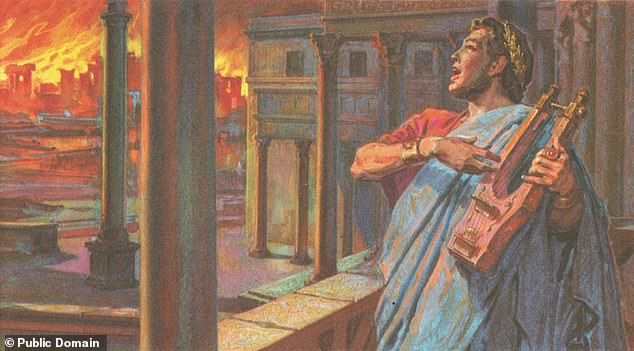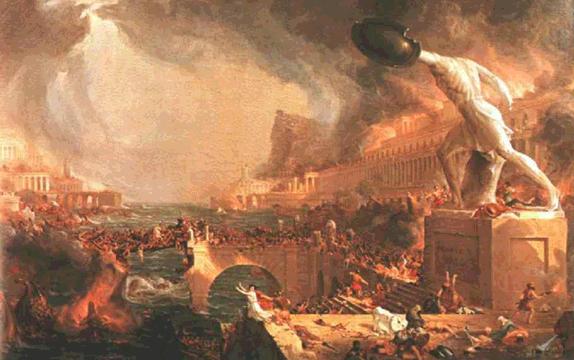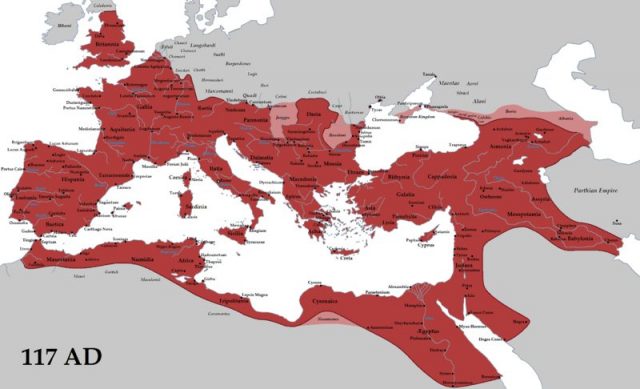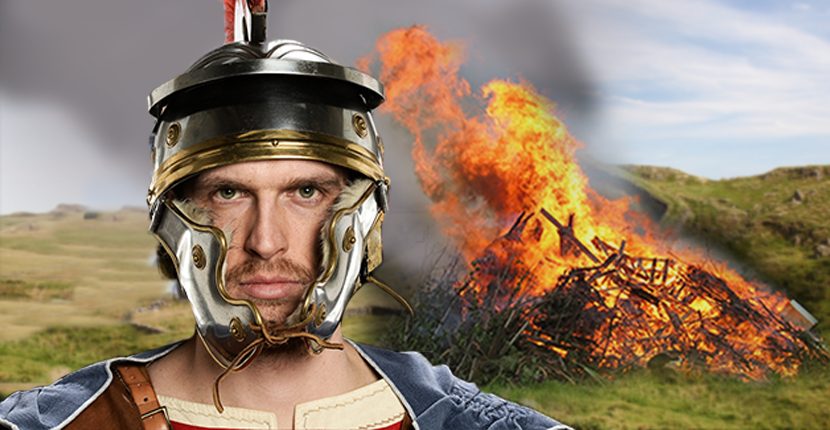The people of the Ancient Roman Empire lit so many fires that it caused a level of air pollution that slightly cooled the climate in Europe, scientists say. This recent finding supports evidence that human societies have been affecting Earth’s climate for thousands of years.
Researchers have estimated the amount of air pollution, including soot and organic carbon particles, that would have been produced by Ancient Roman citizens. From this they concluded that the dominant cooling effect of air pollution would have lowered the European climate of the time by 0.3°F.
Anina Gilgen of ETH Zurich, Switzerland, and her colleagues estimated the impact of the air pollution produced by the Romans on the climate of Europe. “We looked for the first time at whether anthropogenic aerosol impacts had an impact on climate a long time ago,” Gilgen told the New Scientist.

Researchers used existing research and statistics on how much land the Romans used for farms, homes, and other purposes to estimate the amount of air pollution that would have created and then factored this into a model of European climate at the time.
Interestingly, an exceptionally warm climate during the same period likely countered the cooling effect. The Roman Warm Period, which lasted from around 250 B.C. to 400 A.D., was a very hot time. Previous studies have shown that this was a natural phenomenon.

Nonetheless, the team believes that human activities such as burning crop residue or using wood to heat homes would have potentially altered the climate in different ways.
Scientists have been studying the effect of past human activity on the planet, estimating if major pollution-caused changes were first seen during the Industrial Revolution. Célia Sapart of Utrecht University led a team of fifteen scientists examining a 1,600-foot-long ice core taken from the Greenland ice sheet. They wanted to know whether methane levels increased during warmer periods because of increased bacteria in wetlands. However, they did not find a straightforward relationship. “The changes we observed must have been coming from something else,” Sapart says.

Air pollution undeniably goes back quite a way. Smithsonian said, “First it was wood fires in ancient homes, the effects of which have been found in the blackened lungs of mummified tissue from Egypt, Peru, and Great Britain. And the Romans earn the dubious credit of being perhaps the first to spew metallic pollutants into the air, long before the Industrial Revolution.”
“We saw the harmful effects of air pollution even in Roman times,” said Mark Z. Jacobson, professor of civil and environmental engineering at Stanford University, author of the textbook Air Pollution and Global Warming: History, Science, and Solutions.
Related Video:
https://youtu.be/JYcqI1Drb5A
Ancient Romans referred to their city’s smoke cloud as gravioris caeli (“heavy heaven”) and infamis aer (“infamous air”), much like the smog to be found in some large modern cities. Several complaints about its effects can be found in the written record, said Smithsonian. “No sooner had I left behind the oppressive atmosphere of the city [Rome] and that reek of smoking cookers which pour out, along with clouds of ashes, all the poisonous fumes they’ve accumulated in their interiors whenever they’re started up, than I noticed the change in my condition,” wrote the philosopher and statesman Seneca in 61 A.D.
Nancy Bilyeau, a former staff editor at Entertainment Weekly, Rolling Stone, and InStyle, has written a trilogy of historical thrillers for Touchstone Books. Her new book, The Blue, is a spy story set in the 18th-century porcelain world. For more information, go to www.nancybilyeau.com
